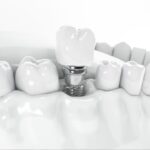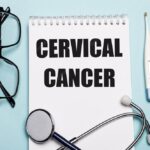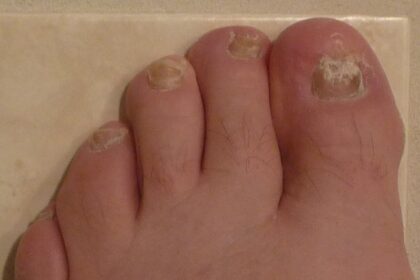Osteoporosis affects millions of women and those assigned female at birth worldwide, particularly after menopause, when hormonal changes accelerate bone loss. Understanding these factors can help women make informed decisions about their bone health and take proactive steps to prevent fractures and maintain mobility. Here is more information on how osteoporosis specifically impacts women’s health and provides evidence-based strategies for maintaining bone strength throughout life:
Understanding Women’s Risk
Women develop osteoporosis at significantly higher rates than men due to several biological and lifestyle factors. The primary driver stems from estrogen’s role in bone metabolism. Estrogen helps regulate bone remodeling by slowing bone breakdown and promoting bone formation. When estrogen levels drop during menopause, bone loss accelerates dramatically.
Women typically have smaller, thinner bones than men from the start. This structural difference means women have less bone mass to lose before reaching the threshold where fractures become more likely. Women live longer on average, providing more time for age-related bone loss to accumulate.
Certain life events unique to women also contribute to bone loss. Pregnancy and breastfeeding can temporarily decrease bone density as calcium is transferred to support fetal development and milk production. While bone density typically recovers after weaning, multiple pregnancies or extended breastfeeding periods may have cumulative effects.
Exploring Health Consequences
Osteoporosis creates a cascade of health problems that extend far beyond bone fractures. Hip fractures represent the most serious complication, with approximately 300,000 Americans experiencing hip fractures annually, predominantly women over 65. These fractures often lead to prolonged hospitalization, reduced mobility, and increased mortality risk.
Vertebral compression fractures occur frequently in women with osteoporosis, often developing gradually without obvious trauma. These fractures can cause height loss, spinal curvature changes, and chronic back pain. The resulting posture changes can affect breathing capacity and digestive function.
Osteoporosis also impacts women’s independence and financial stability. Fractures can result in disability, increased healthcare costs, and the need for assistance with daily activities. Many women require modifications to their living situations or long-term care following osteoporotic fractures.
Identifying Effective Protection Strategies
Protecting bone health requires a multifaceted approach that addresses nutrition, physical activity, and lifestyle factors. Calcium and vitamin D form the foundation of bone health, with women needing 1,200 mg of calcium and 800-1,000 IU of vitamin D daily after age 50. Dairy products provide readily absorbed calcium, but many non-dairy sources exist for those with lactose intolerance or dietary preferences. Leafy greens, sardines, almonds, and fortified plant-based milks offer calcium alternatives.
Weight-bearing and resistance exercises stimulate bone formation by creating mechanical stress that signals bones to strengthen. Walking, jogging, dancing, and stair climbing provide weight-bearing benefits. Resistance training using weights, resistance bands, or bodyweight exercises targets specific bone sites and builds muscle strength that supports bone health.
Learn More About Osteoporosis
Osteoporosis poses significant health challenges for women, but proactive measures can substantially reduce risk and impact. The combination of adequate nutrition, regular exercise, and healthy lifestyle choices creates a strong foundation for bone health throughout life. Women who understand their risk factors and implement protective strategies can maintain bone strength, reduce fracture risk, and preserve their independence and quality of life. Early intervention and consistent bone health practices offer the best outcomes for preventing osteoporosis and its complications.
- General Dentistry and How It Helps Prevent Future Dental Problems
- Neuropathy and Foot Pain: Causes, Symptoms, and Treatments
- The Role of Your OBGYN in Preventing Cervical Cancer
- How Osteoporosis Impacts Women’s Health and Ways to Protect Your Bones
- The Essential Role of an Implant Specialist in Complex Restorative Dentistry









